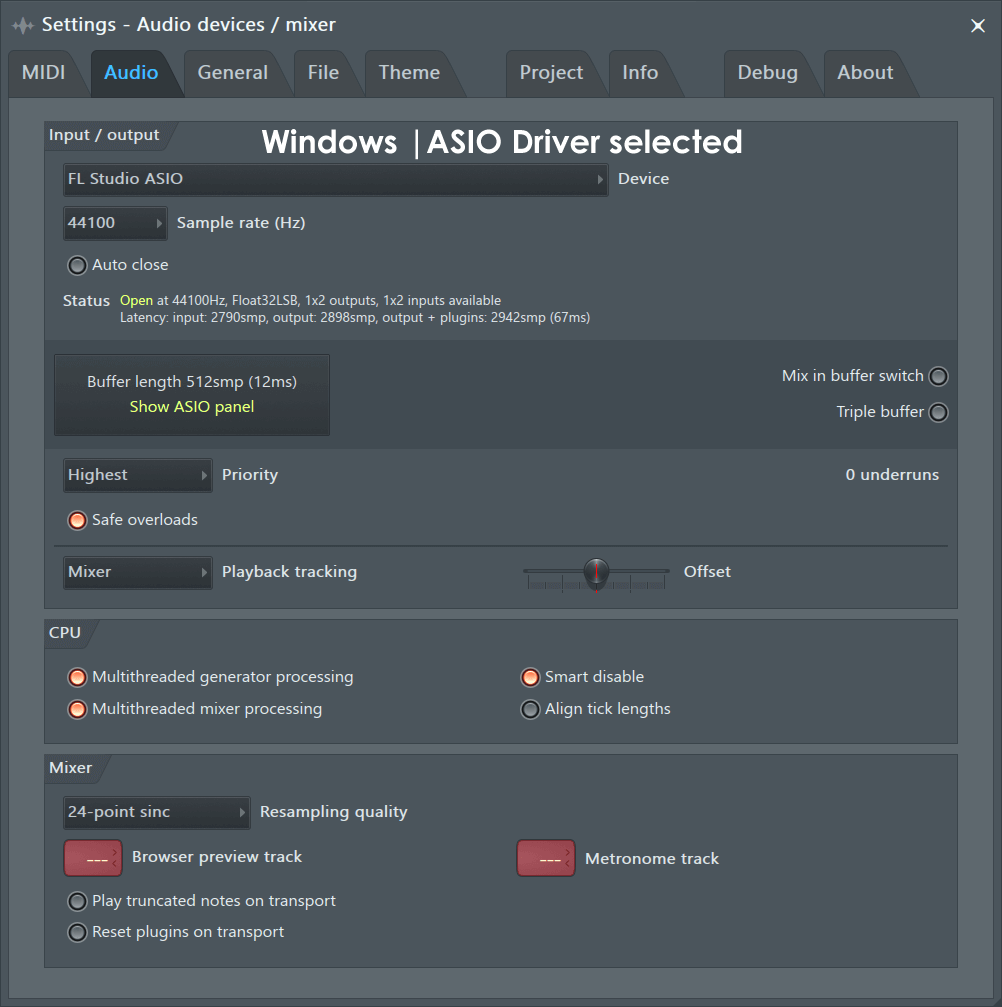
Less work for your machine to do.Īnother USB Port solution to resolve latency for Windows Users is to take control of the power management. If you have to use a USB Hub to connect your device, use a hub that has its own AC power adapter. This can help prevent noise, dropouts and connection issues. Generally, ports on the front of the computer, on the monitor, or keyboard don’t perform as well as those on the back. If you have a desktop or a tower, be sure to connect your audio interface to a USB port that is on the back of the computer. Use the best ports on your computer for recording devices. Or for laptop users on both the left and right sides. USB Ports are located in the front or back of your machine. Replace it with a manufacture replacement. The best thing to do is use the cable provided with the device, if you have lost it, don’t just use any cable you find around the house that fits. It simply doesn't have those wires inside the cable.

This kind of cable is missing the D+ and D- data lines. You don’t want to use a charging USB cable.

While chord length isn’t an issue, using the correct port and cable type can be. USB Mixers and Audio Interface Devices most often output via a USB connection. Let’s make sure we cover each step and make sure we are running as efficiently as possible. I am sure now you can understand how those 10 steps can cause a bit of a delay. When you press a MIDI key, strum a guitar, or say “check” into your microphone, those are the steps involved in order to get it to your ears.

This includes any effects or plugins you may be using. Once it reaches your sound card input the computer must interpret the signal and process it. This is what brings your mic level to line level. This could be a guitar, a vocal mic, or a MIDI device.

Understanding the route the sound has to travel will not only help you better understand latency, but also where in the chain of events it could be occurring. Today we will cover some common culprits and get your music back on time. This occurs in milliseconds and for some it can go unnoticed. It's that split second of irritating delay between the sound you make and the sound you hear.


 0 kommentar(er)
0 kommentar(er)
